Myerscough College at 125 – A Brief History – Part Six
- Published
- Tuesday 21 May 2019
This month sees the 125th anniversary of Myerscough College.
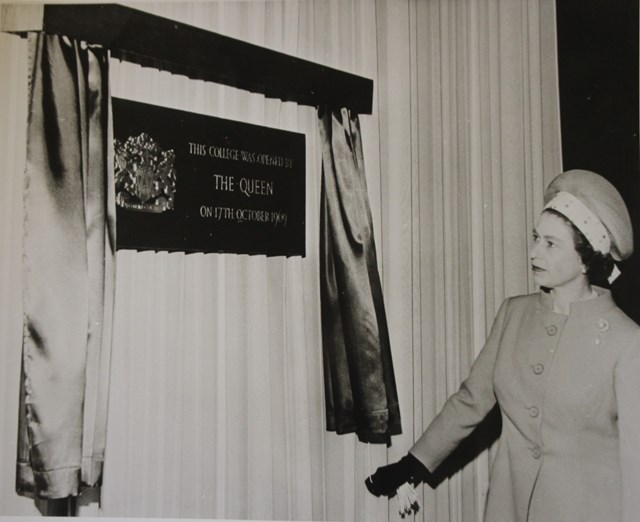
On May 14th, 1894, the first students of what was then known as the Lancashire County Institute of Agriculture came through the doors. In our look back at Myerscough College’s proud heritage, we bring you a brief history of the events that lead from the inception of the college, back in 1894, right through to the magnificent facilities and success we enjoy in 2019:
Related:
Myerscough at 125 – A Brief History – Part One: CLICK HERE
Myerscough at 125 – A Brief History - Part Two: CLICK HERE
Myerscough at 125 – A Brief History – Part Three: CLICK HERE
Myerscough at 125 – A Brief History – Part Four: CLICK HERE
Myerscough at 125 – A Brief History – Part Five: CLICK HERE
A visit from the Queen
The Lancashire College of Agriculture accepted its first full intake of students in September, 1969. The new facility was state of the art, with emphasis on giving the student maximum value for their education in a rural setting, with the ability to expand the site in future years.
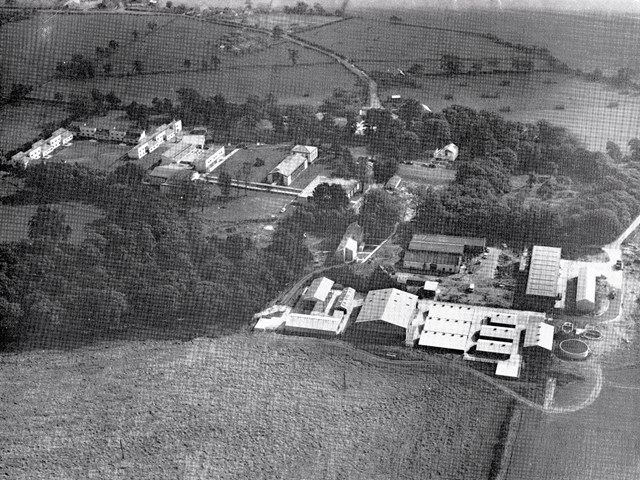
Initially, the college catered for 127 residential students, with two storey ‘study bedrooms’ built in such a way to create a ‘village green’ feel. This original block is still in use today. With the College based a considerable distance from significant town centre life, particularly entertainment, a clubhouse was built comprising of a bar, games room, TV room and a space for what was described as ‘impromptu discotheque dances’. The main Lecture Theatre also remains in daily use today. The dining room completed the student facility. Following the building of a modern restaurant complex a few years ago, the original diner was demolished, but the remainder of the buildings are still operational.
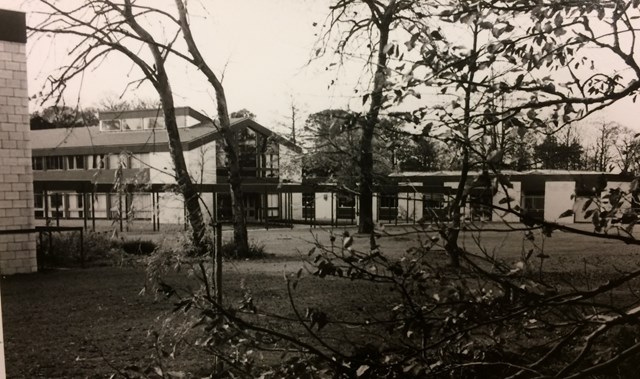
The ‘teaching’ part of the site was substantial too. There was a modern, two storey library, a laboratory complex for scientific research, and a sizeable teaching block was added soon after, which still stands today. There was an agricultural machinery workshop and store, while the farms were split into two purposes – one for teaching and one for commercial use. The Myerscough Hall building was demolished and an Administration block, still in use today, was built.
The architect for the project was a Mr Eric Hart. He decided that most of the buildings would be constructed using large white ‘breeze blocks’ and dark roof tiles. The aim of this was to blend the buildings into the countryside surroundings as much as possible. As many trees as possible were also left on site and a scheme to plant more introduced.

Two construction companies, Gleesons of Manchester and F.Bancroft, were commissioned to carry out the build, at a cost of £589,624, around £8 million in today’s money.
The College was honoured that the Queen accepted a formal invitation to open the Myerscough site. On Friday, October 17th, 1969, at 3.40pm, Her Majesty arrived to be greeted by dignitaries and College staff, before unveiling an official plaque outside the Lecture Theatre.
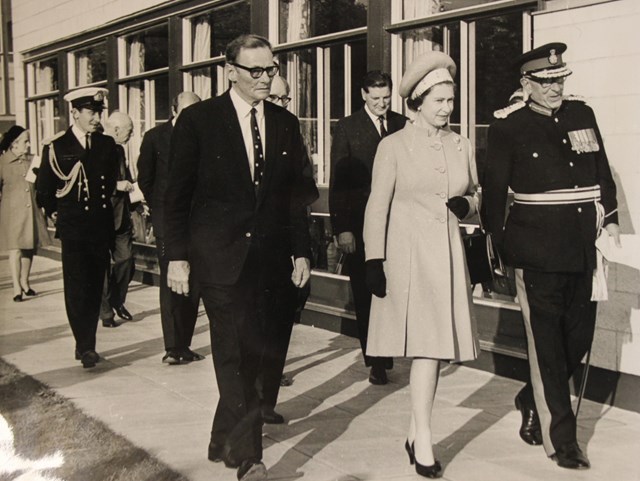
The College continued to grow its operations throughout the 1970s. This included a rapid expansion of the laboratories at Myerscough, while a formal School Liaison Unit was also formed. In 1985, a major build took place on the Myerscough site that saw the construction of a block consisting of lecture rooms, a new library, audio-visual rooms and a TV studio. The ‘T-Block’ remains in use today, and houses around 20 different teaching rooms and the College’s Student Support Centre.
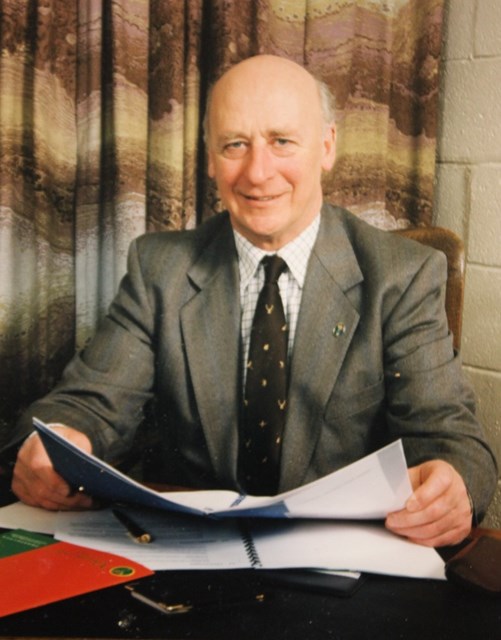
(Above: Tony Fox, Principal 1985-97)
In 1979, the College’s name was changed again to the ‘Lancashire College of Agriculture & Horticulture’, to reflect the institution’s growth.
Frank Peregrine retired in 1985. Tony Fox, who had firstly been a student back in 1953, then a lecturer, took over. He’d been Vice Principal for 17 years, since 1968.
by Dave Salmon
DSalmon@myerscough.ac.uk
